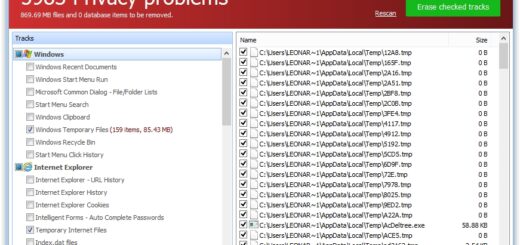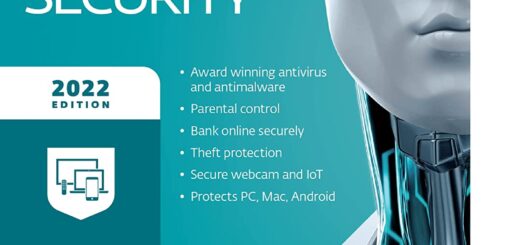Malware – it’s a loaded word that strikes fear into both luddites and hardened techies. From spyware and unwanted adware to software that’s solely designed to make your day a little less pleasant, there’s a wide range of malware floating around the web, waiting to be downloaded by an unwitting victim.
Thankfully, as protective antivirus software has become more commonplace and ever-easier to use, it’s trickier for malware to get its hands on your computer’s innards.
Don’t become complacent, though. Keeping a keen eye out for tell-tale signs of infection and being proactive about protection is the key to ensuring your devices and data stay perfectly safe.
Here we’ll be running down some of the key symptoms of malware infection to be on the lookout for. And, if you think your digital hazmat suit has been compromised and something nasty has wormed its way in, check out our guide on the best malware removal tools to remedy your silicon affliction.
1. Sluggish performance and frequent crashes
Just like any other software, malware takes up space on your hard drive and uses RAM to function.
However, unlike most programs you’ll have installed, the developers of said malware aren’t interested in streamlining your workflow or creating lightweight applications. All they’re interested in is their end goal – which, in some cases, could be as irritatingly simple as slowing your machine to a crawl.
If your device is taking an age to open new applications despite the fact you haven’t overloaded it, it might be time to crack out a specialist tool to see if something sinister is afoot.
2. New icons, tasks, or toolbars
Noticed something on your PC that you don’t remember installing yourself? It could very well be the doing of malware.
Although less common than in days gone by (we’re looking at you, Yahoo), toolbars and other ‘helpful’ additions that crop up in your browser aren’t always the altruistic applications they purport to be. Instead, they’re likely to be recording your activity and selling your data, or injecting bloated ads into the webpages you visit.
The same goes for tasks running in the background – although these can be little more difficult to decipher. Press ctrl-alt-del and enter Task Manager, and it’s likely you’ll be unfamiliar with plenty of the active processes. However, it’s worth googling any outliers just in case – or, of course, using dedicated software to scan your entire device.
3. Adverts everywhere
Serving infected users extra ads is a quick and easy way for malware developers to generate revenue.
As such, this is as clear-cut a case as we can think of. If you’re noticing trusted websites you frequently visit being overloaded with ads – often strange, foreign, untargeted ads – it might be time to break out your malware detection tool and run a scan.
If you’re seeing ads on your desktop – it can happen – it’s an even surer sign that your device isn’t as squeaky-clean as it used to be. Take action, and stop the ads in their tracks.







![How to Partition A Hard Drive in Windows 11/10 [2022 New]](https://itvision.site/wp-content/themes/hueman/assets/front/img/thumb-medium-empty.png)
